Lawn Lamp Design Based on Fuzzy Control and Secondary Optical Optimization
Abstract
1. Introduction
2. Overall Design
2.1. Research Background
2.2. Control System Design
- (1)
- Data acquisition layer: this layer collects data such as ambient light level, pedestrian flow, weather factors and electronic ballasts for controlling LED luminaires.
- (2)
- Data transmission layer: This layer consists of an ARM embedded system and a Zigbee wireless transmission module. The ARM embedded system collects the data collected by the sensors for transmission to the fuzzy controller.
- (3)
- Data processing and display layer: This layer includes the fuzzy controller that uses the given fuzzy logic to calculate the output dimming coefficients.
| Algorithm 1 The Process of CCT Adjustment |
| Input: Time period, weather factors; Output: Change of CCT; |
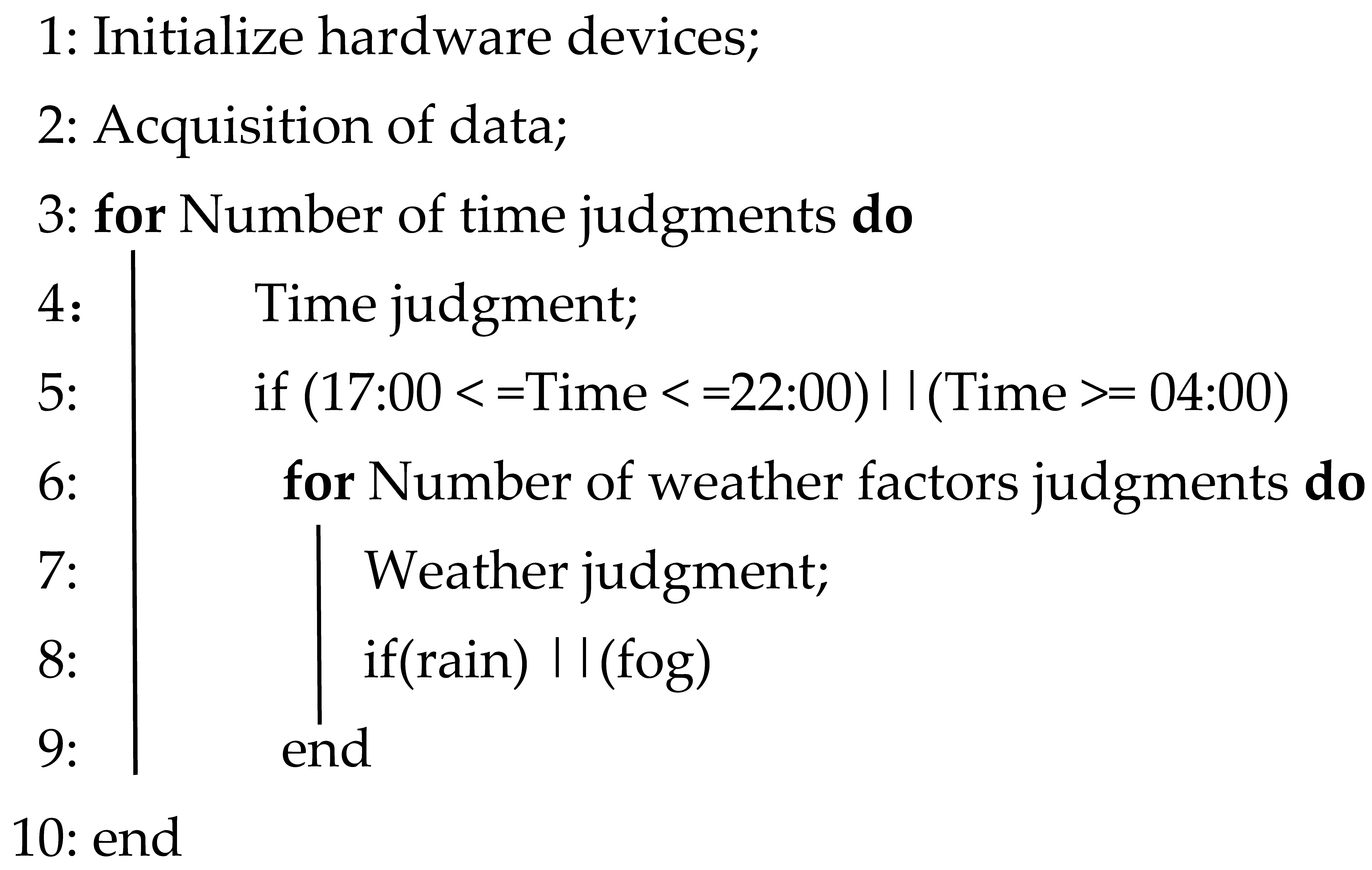 |
2.3. Fuzzy Control
2.3.1. Fuzzification
2.3.2. Fuzzy Inference
2.3.3. Defuzzification
3. Secondary Optical Design
3.1. TIR Lens Design
3.1.1. Intermediate Aspheric Refractive Surface Calculation
3.1.2. Design of Side Total Reflective Surfaces
3.2. Model Validation
4. Simulation and Effect
4.1. Light Effect Design
4.2. Energy Saving Operations
5. Conclusions
Author Contributions
Funding
Institutional Review Board Statement
Informed Consent Statement
Data Availability Statement
Conflicts of Interest
References
- Li, D.H.; Cheung, K.L.; Wong, S.L.; Lam, T.N. An analysis of energy-efficient light fittings and lighting controls. Appl. Energy 2010, 87, 558–567. [Google Scholar] [CrossRef]
- Yang, H.; Bergmans, J.W.M.; Schenk, T.C.W. Illumination Sensing in LED Lighting Systems Based on Frequency-Division Multiplexing. IEEE Trans. Signal Process. 2009, 57, 4269–4281. [Google Scholar] [CrossRef]
- Ergüzel, A.T. A study on the implementation of dimmable street lighting according to vehicle traffic density. Optik 2019, 184, 142–152. [Google Scholar] [CrossRef]
- Tan, T. Research on Intelligent Lighting Control Strategy Based on Environment and Road State; Chongqing Post and Telecommunications: Chongqing, China, 2019. [Google Scholar]
- Wang, T.; Chen, T.; Hu, Y.; Zhou, X.; Song, N. Design of intelligent LED lighting systems based on STC89C52 microcomputer. Optik 2018, 158, 1095–1102. [Google Scholar] [CrossRef]
- Lu, Y.; Liu, G.; Wang, X.; Zhang, Q. A highway tunnel lighting method based on solar energy. Tunn. Constr. 2015, 35, 674–678. [Google Scholar]
- Du, G.F.; Qin, H.B. Tunnel lighting control system based on vehicle perception and fuzzy PID. Transducer Microsyst. Technol. 2021, 40, 95. [Google Scholar]
- Yang, C.; Fan, S.; Wang, Z.; Li, W. Application of fuzzy control method in a tunnel lighting system. Math. Comput. Model. 2011, 54, 931–937. [Google Scholar] [CrossRef]
- Tan, Y.; Kamruzzaman, M. Does smart city policy lead to sustainability of cities. Land Use Policy 2018, 73, 49–58. [Google Scholar]
- Yang, Y.T. Research on Pedestrian Safety and Visual Comfort of Urban Pedestrian Roadway Lighting at Night; Tianjin University: Tianjin, China, 2020. [Google Scholar] [CrossRef]
- Ibrahim, N.; Cox, S.; Mills, R.; Aftelak, A.; Shah, H. Multi-objective decision-making methods for optimising CO2 decisions in the automotive industry. J. Clean. Prod. 2021, 314, 128037. [Google Scholar] [CrossRef]
- Yan, S.F. Research on Landscape Lighting Design of the World’s First Spring Scenic Area Based on Regional Culture; Qilu University of Technology: Jinan, China, 2017. [Google Scholar]
- Caicedo, D.; Pandharipande, A. Daylight and occupancy adaptive lighting control system: An iterative optimization approach. Light. Res. Technol. 2016, 48, 661–675. [Google Scholar] [CrossRef]
- Chen, Y.; Ma, T.; Ye, Z.; Li, Z. Effect of illuminance and colour temperature of LED lighting on asthenopia during reading. Ophthalmic Physiol. Opt. J. Br. Coll. Ophthalmic Opt. (Optom.) 2022, 43, 73–82. [Google Scholar] [CrossRef] [PubMed]
- Oakley, G.; Riffat, S.; Shao, L. Daylight pelfonnance of lightpipes. Sol. Energy 2000, 69, 89–98. [Google Scholar] [CrossRef]
- Ge, P.; Li, Y.; Chen, Z.; Wang, H. LED high-beam headlamp based on free-form microlenses. Appl. Opt. 2014, 53, 5570. [Google Scholar] [CrossRef] [PubMed]
- Hui, X.; Liu, J.; Wan, Y.; Lin, H. Realization of uniform and collimated light distribution in a single freeform-Fresnel double surface LED lens. Appl. Opt. 2017, 56, 4561. [Google Scholar] [CrossRef] [PubMed]
- Jiang, P.S. Research on the Design of Home Lighting Based on the Demand of Light Environment; Xi’an University of Technology: Xi’an, China, 2020. [Google Scholar] [CrossRef]
- Pandharipande, A.; Caicedo, D. Smart indoor lighting systems with luminaire-based sensing: A review of lighting control approaches. Energy Build. 2015, 10, 369–377. [Google Scholar] [CrossRef]

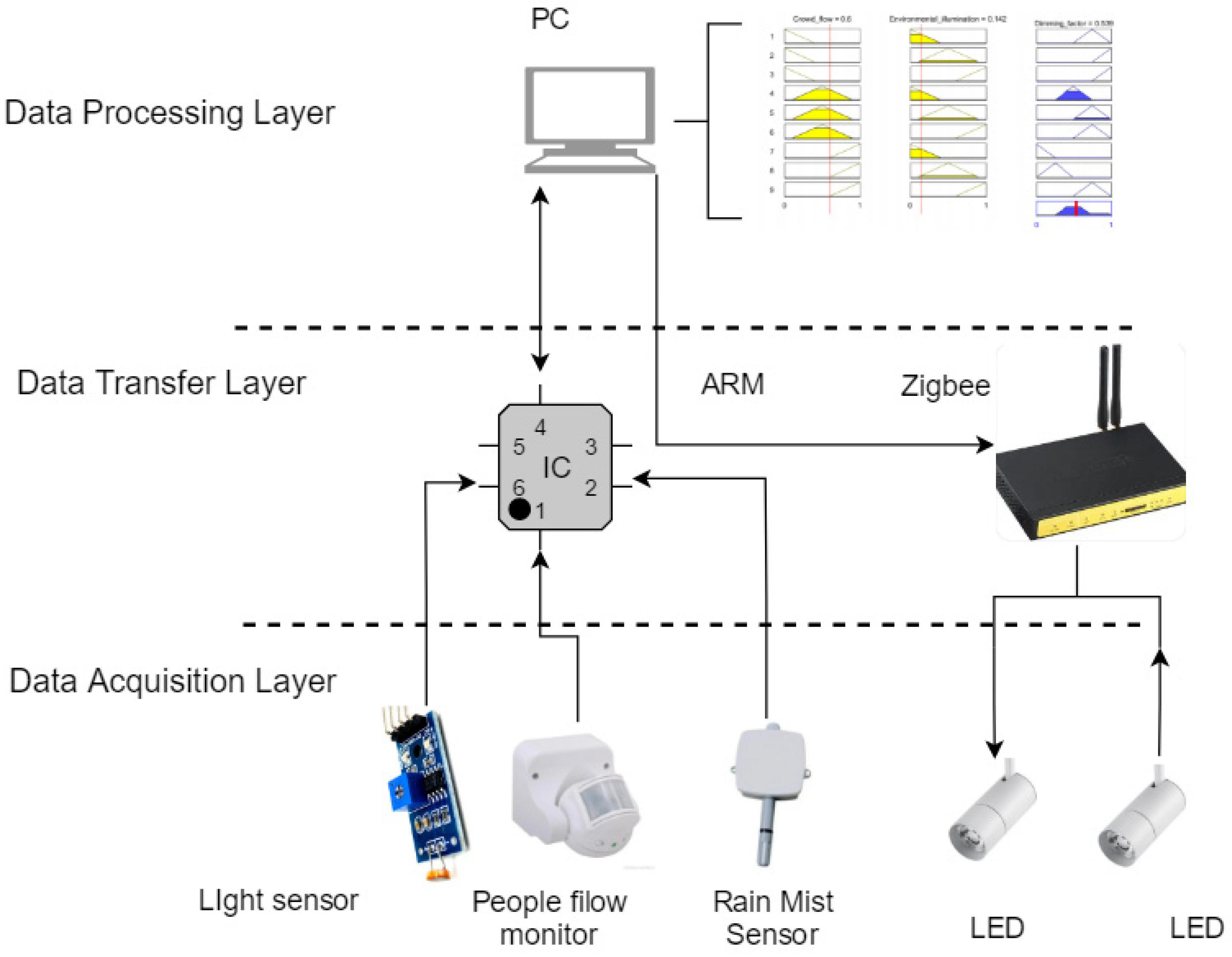

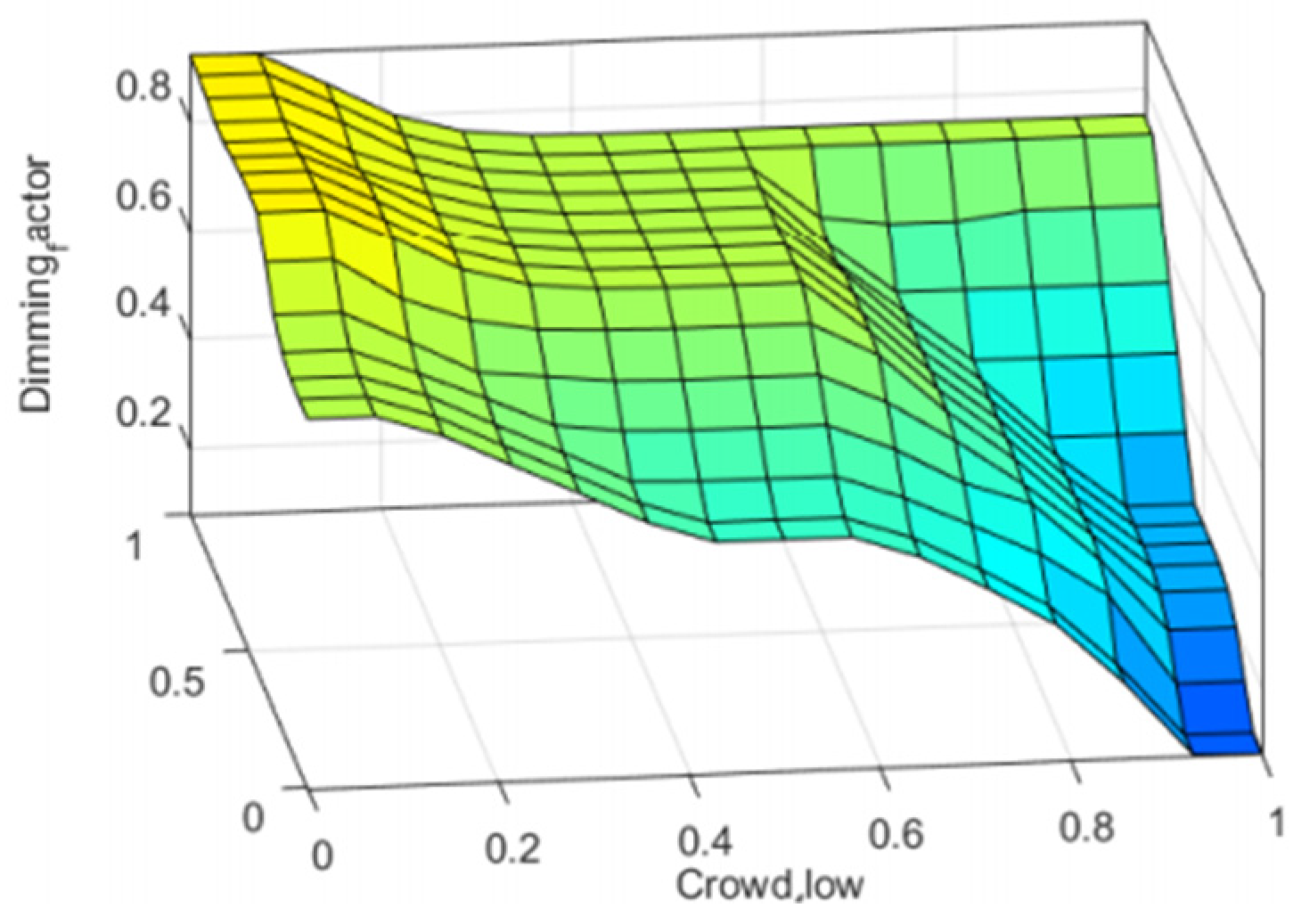
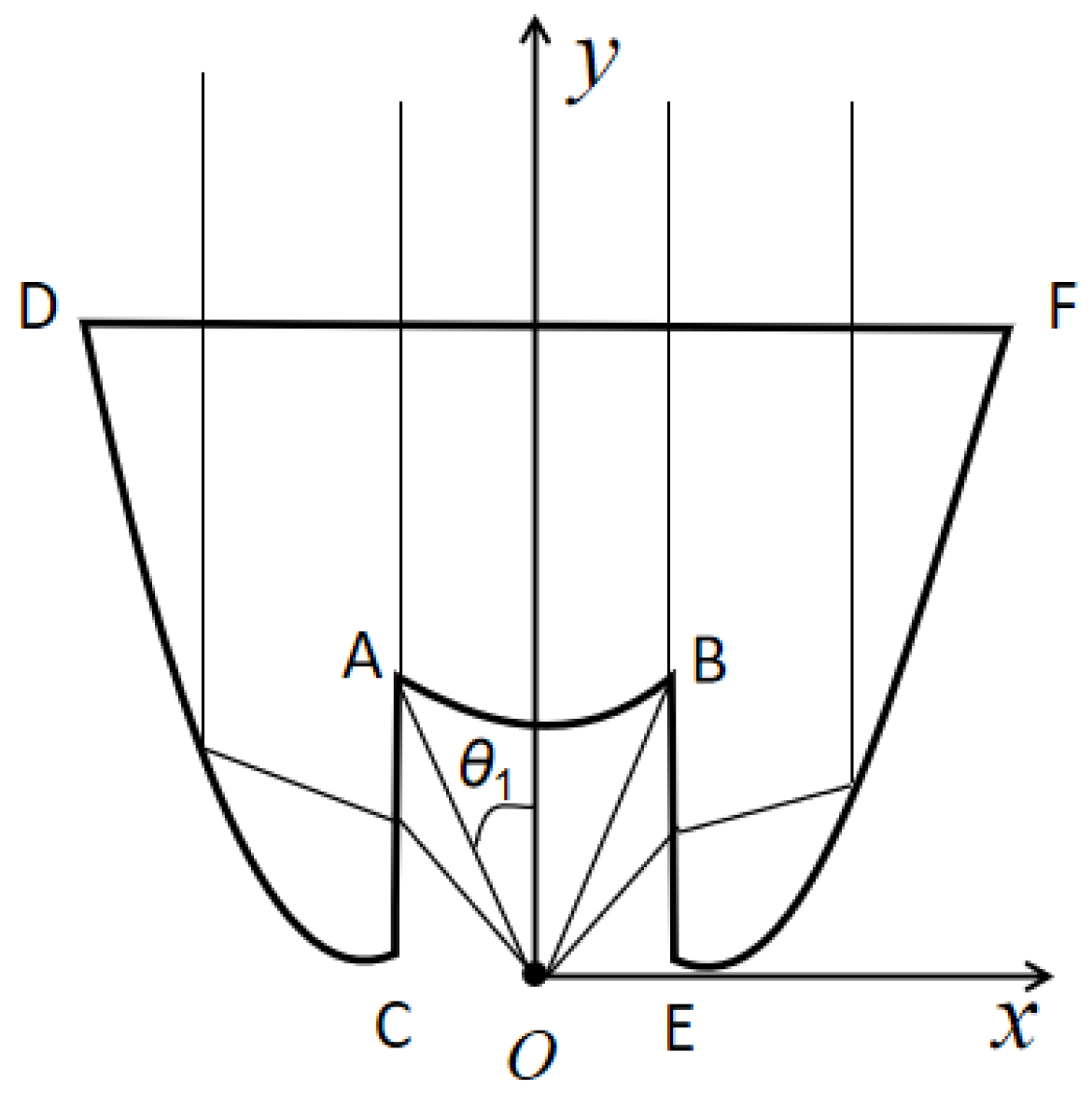
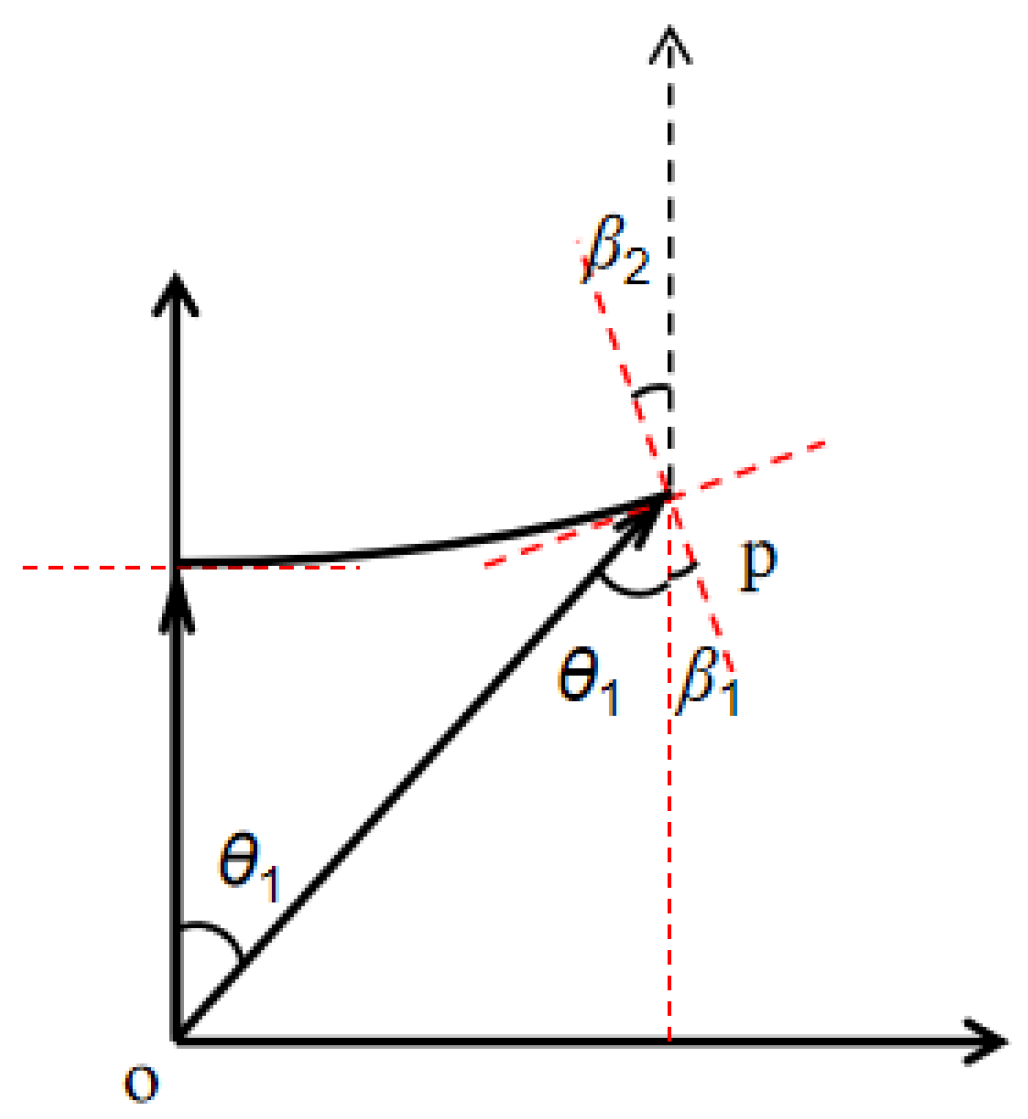
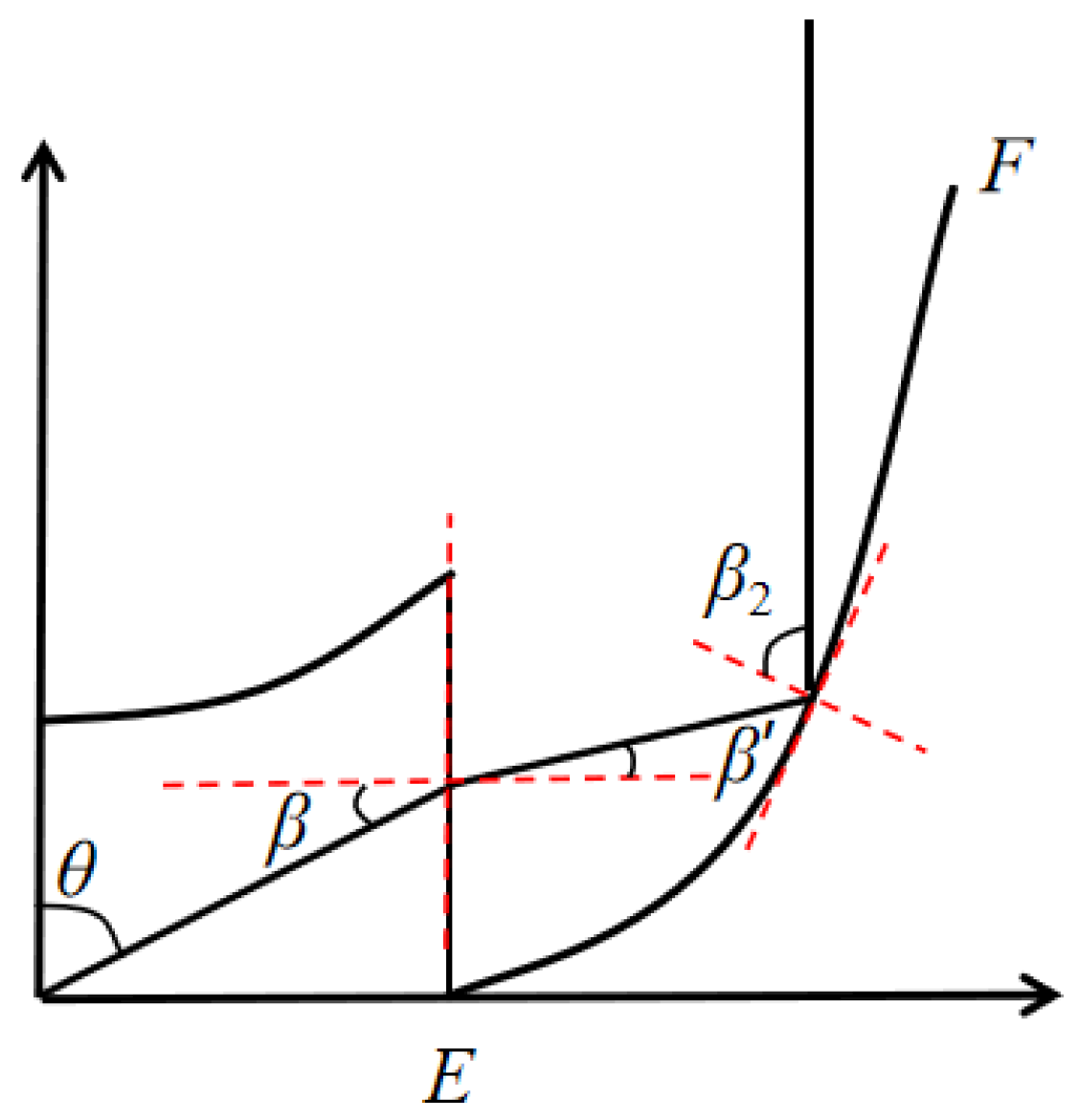
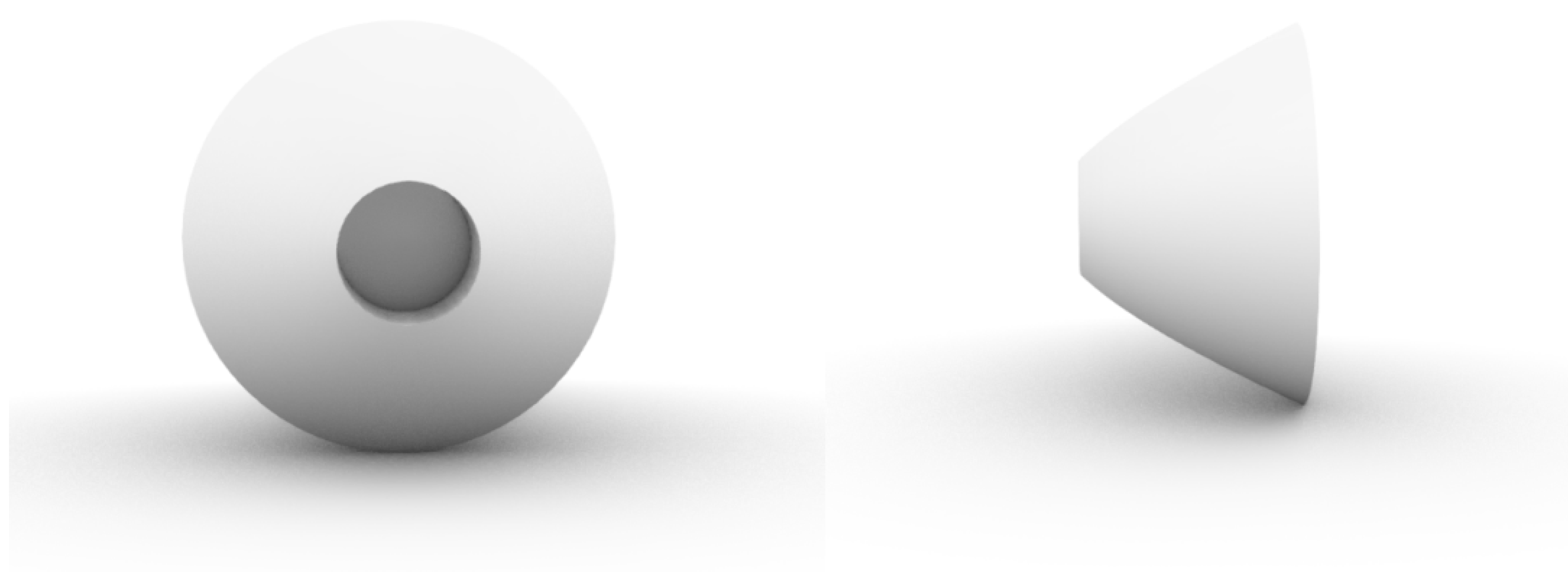
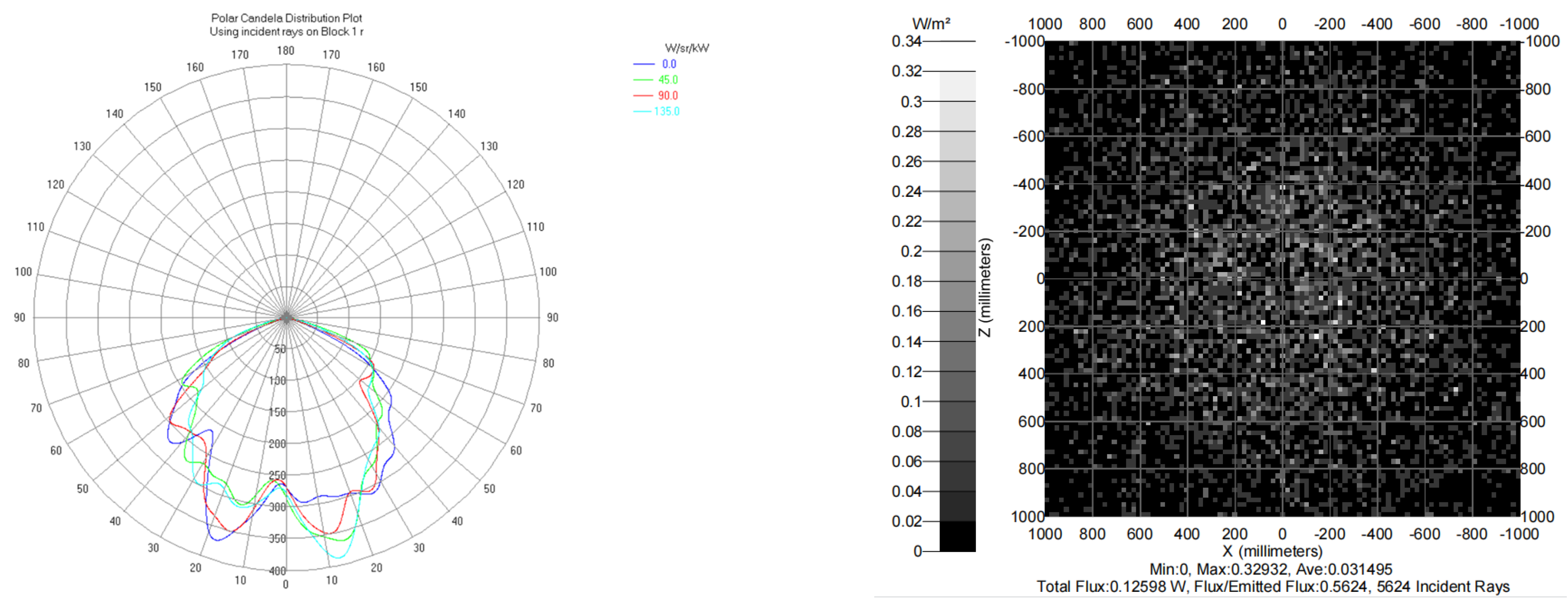
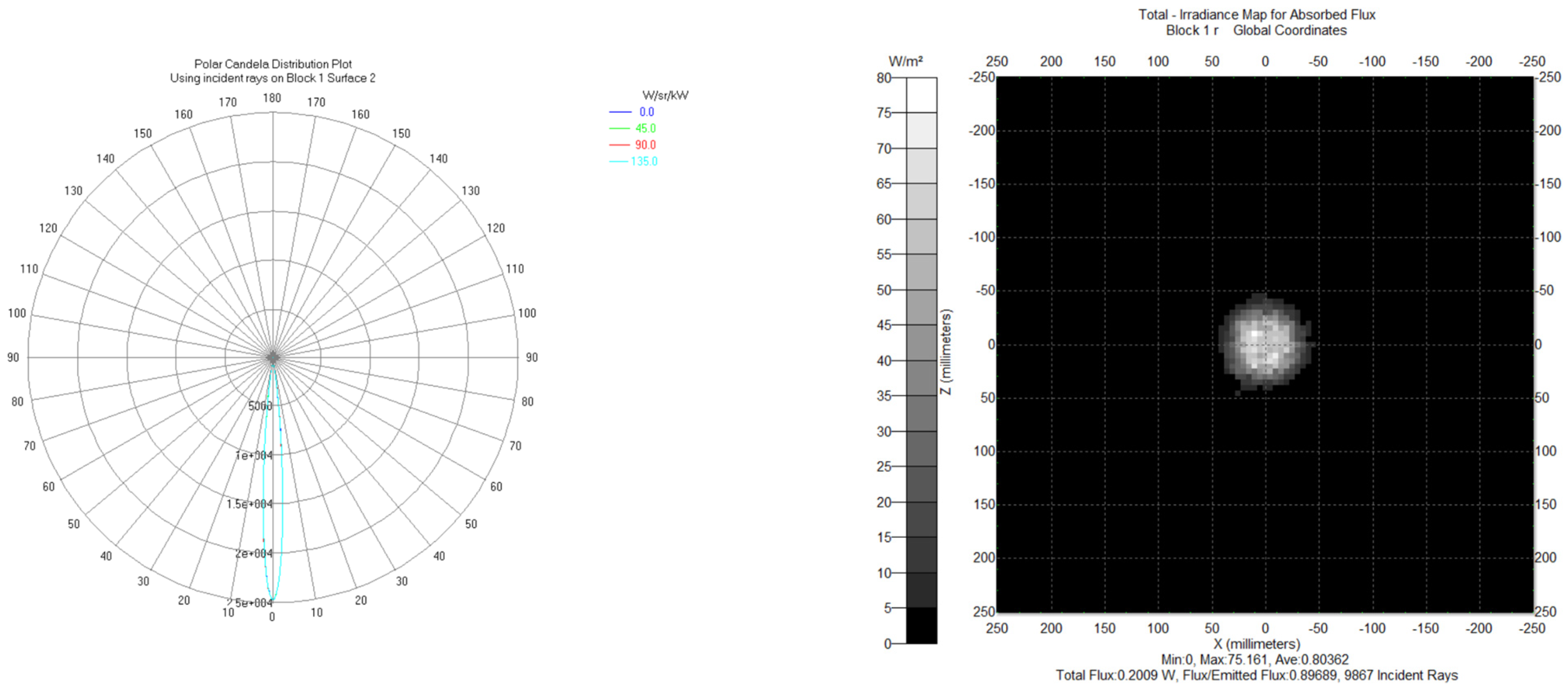
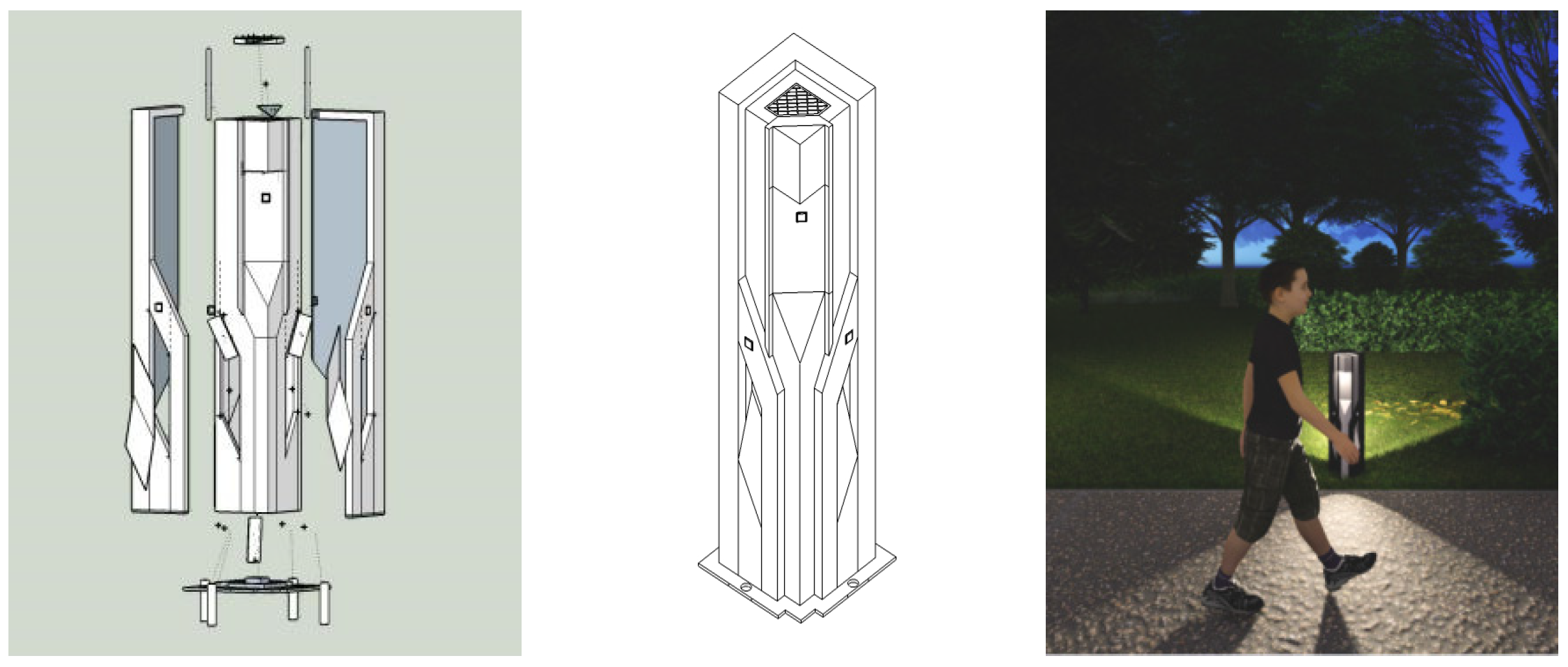
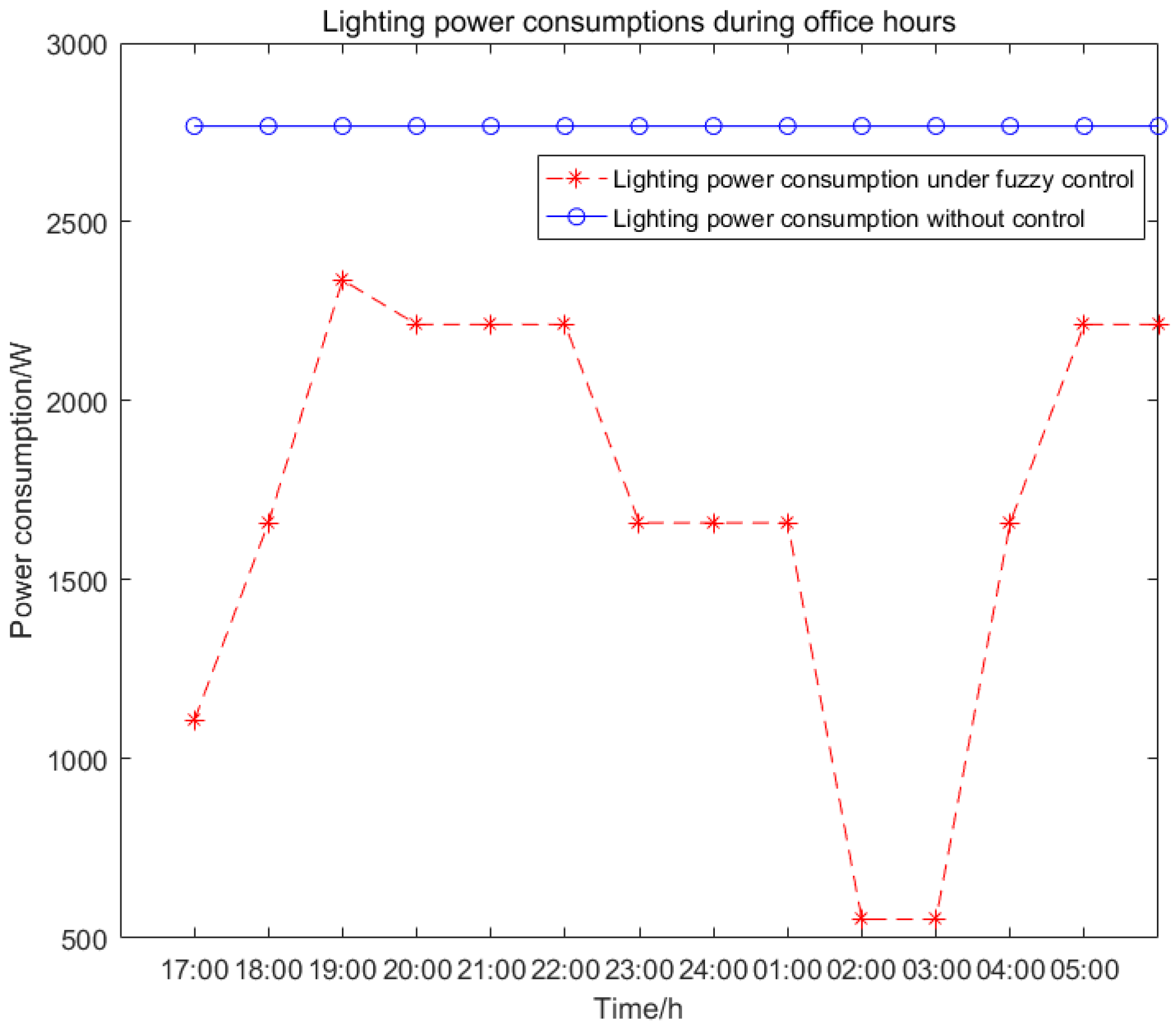
| Luminous Flux (L) | Crowd Flow | |||
|---|---|---|---|---|
| SG | MG | LG | ||
| Natural Light | SD | S | L | VL |
| MD | S | M | M | |
| LD | VS | S | S | |
| θ | 25° | 24° | 23° | 22° | 21° | 20° | 19° | 18° | 17° | 16° | 15° | 14° | 13° |
| X/mm | 15.0 | 13.9993 | 13.0674 | 12.1968 | 11.3792 | 10.6089 | 9.88056 | 9.1893 | 8.5313 | 7.90279 | 7.30065 | 6.72204 | 6.16443 |
| Y/mm | 32.1676 | 31.4431 | 30.7855 | 30.1882 | 29.6440 | 29.1479 | 28.6952 | 28.2819 | 27.9046 | 27.5603 | 27.2464 | 26.9606 | 26.7010 |
| θ | 12° | 11° | 10° | 9° | 8° | 7° | 6° | 5° | 4° | 3° | 2° | 1° | 0° |
| X/mm | 5.6255 | 5.1032 | 4.5956 | 4.1011 | 3.6179 | 3.1446 | 2.6798 | 2.2222 | 1.7706 | 1.3236 | 0.8803 | 0.4395 | 0.0 |
| Y/mm | 26.46595 | 26.2538 | 26.0633 | 25.8933 | 25.7428 | 25.6110 | 25.4971 | 25.4006 | 25.3209 | 25.2576 | 25.2104 | 25.1790 | 25.0634 |
| Time | Pedestrian Flow | Normalized Value | Environmental Illumination(lx) | Normalized Value |
|---|---|---|---|---|
| 17:00 | 159 | 0.8548 | 150 | 1 |
| 18:00 | 174 | 0.9354 | 90 | 0.5999 |
| 19:00 | 186 | 1 | 20 | 0.1333 |
| 20:00 | 90 | 0.4838 | 10 | 0.0666 |
| 21:00 | 56 | 0.3010 | 5 | 0.0333 |
| 22:00 | 21 | 0.1129 | 3 | 0.0199 |
| 23:00 | 6 | 0.0322 | 0.1 | 0 |
| 0:00 | 4 | 0.0215 | 0.04 | 0 |
| 1:00 | 2 | 0.0107 | 0.01 | 0 |
| 2:00 | 0 | 0 | 0.02 | 0 |
| 3:00 | 0 | 0 | 0.01 | 0 |
| 4:00 | 7 | 0.0376 | 0.01 | 0 |
| 5:00 | 54 | 0.2903 | 1 | 0.0133 |
| 6:00 | 112 | 0.6021 | 5 | 0.0333 |
Disclaimer/Publisher’s Note: The statements, opinions and data contained in all publications are solely those of the individual author(s) and contributor(s) and not of MDPI and/or the editor(s). MDPI and/or the editor(s) disclaim responsibility for any injury to people or property resulting from any ideas, methods, instructions or products referred to in the content. |
© 2023 by the authors. Licensee MDPI, Basel, Switzerland. This article is an open access article distributed under the terms and conditions of the Creative Commons Attribution (CC BY) license (https://creativecommons.org/licenses/by/4.0/).
Share and Cite
Qin, X.; Wang, Z.; Zhang, M.; Feng, Y.; Li, K. Lawn Lamp Design Based on Fuzzy Control and Secondary Optical Optimization. Appl. Sci. 2023, 13, 1631. https://doi.org/10.3390/app13031631
Qin X, Wang Z, Zhang M, Feng Y, Li K. Lawn Lamp Design Based on Fuzzy Control and Secondary Optical Optimization. Applied Sciences. 2023; 13(3):1631. https://doi.org/10.3390/app13031631
Chicago/Turabian StyleQin, Xinjing, Zhisheng Wang, Manqun Zhang, Yue Feng, and Kexian Li. 2023. "Lawn Lamp Design Based on Fuzzy Control and Secondary Optical Optimization" Applied Sciences 13, no. 3: 1631. https://doi.org/10.3390/app13031631
APA StyleQin, X., Wang, Z., Zhang, M., Feng, Y., & Li, K. (2023). Lawn Lamp Design Based on Fuzzy Control and Secondary Optical Optimization. Applied Sciences, 13(3), 1631. https://doi.org/10.3390/app13031631






